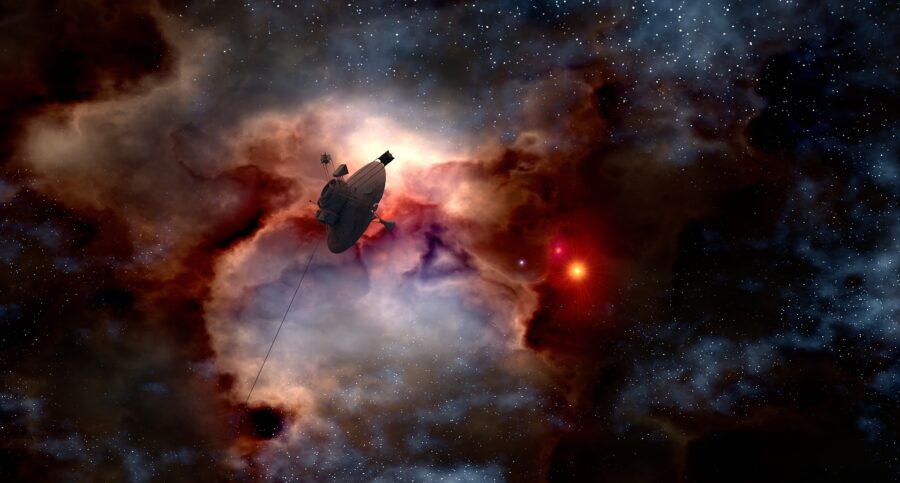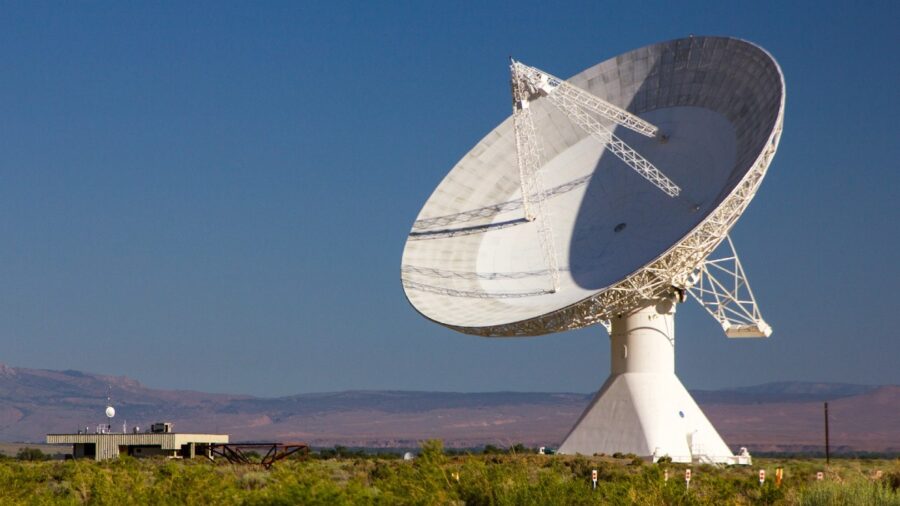Alien Probes Being Searched For By Scientists

For millennia, humanity has looked to the sky for answers in the form of constellations, astrological signs, and distant planets that may harbor intelligent life. According to Science Alert, we need to add alien probes to the equation.
Ever since the 2021 Pentagon report that suggests there are unidentified aerial phenomena (UAP) within our reach, our curiosity has piqued because citizens and scientists alike have witnessed objects in the sky that don’t necessarily resemble aircraft that were designed by humans.
Chances Are At Least One Of The Billions Of Planets In The Milky Way Harbor Life

When you consider the sheer number of planets in the Milky Way Galaxy, it’s not totally ridiculous to assume that there are alien probes out there that are beyond our comprehension. The most up-to-date data suggests that there are at least 40 billion Earth-sized planets in the Milky Way Galaxy alone, meaning that some of these planets could potentially harbor intelligent life. In other words, if humans are sending probes like Voyager and Pioneer out to distant stars to gather data, then it’s not outside the realm of possibility that alien civilizations are similarly sending out their own probes to survey Earth.
Humanity’s Long-Scale Evolution

Another factor to consider is humanity’s own evolution, and where we fall into the mix as we seek out alien probes from the furthest ends of our galaxy. Our technology has become exponentially more advanced over the last century, but 100 years is nothing when you look at our entire history as a species. For context, humans started walking on two legs 4.5 million years ago, but the Wright Brothers only successfully flew an airplane for the first time in 1903.
More Advanced Species Out There?

That is to say, all of the groundbreaking technological advances that we’ve experienced are fairly recent, cosmically speaking. So when we come across what we believe to be alien probes that feature technology we’ve never seen before, the reasonable assumption to make is that it came from an older, much further advanced species.
If the supposed alien probes that we’ve witnessed are from civilizations that are millions of years older than humanity as we know it, then we wouldn’t be able to wrap our minds around their technology through the lens of what we know today.
ExoProbe

So what’s the plan to track down alien probes from our Earthly vantage point? A new program called ExoProbe has been developed to filter through the thousands of human-designed satellites that are currently in the sky with the hopes of finding vessels of unknown origin.
Through the use of multiple advanced telescopes, the program can measure what’s known as parallax, or the shift of an object’s position when viewed from two different locations simultaneously.
One Step Closer To Discovering Extraterrestrial Life

As the program further develops and more telescopes are implemented, the data points will become more accurate. As the data points become more accurate, we will get one step closer to discerning the difference between our own satellites, distant celestial bodies, and alien probes.
Basically, instead of relying on grainy, poorly shot footage of unidentified flying objects, we’ll have an arsenal of advanced telescopes that will allow us to seek out what we believe to be alien probes that are trying to study Earth in their own quest to find intelligent life.












